Fix: ‘A Driver Cannot Be Loaded on This Device’ Error in Windows
The error message ‘A driver cannot be loaded on this device’ pops up when the users try to restart their computer after installing the latest Windows 11 update. The error code also states that certain security setting in Windows is detecting the iqvw64e.sys driver as vulnerable, and to load the driver, you must edit the security settings.
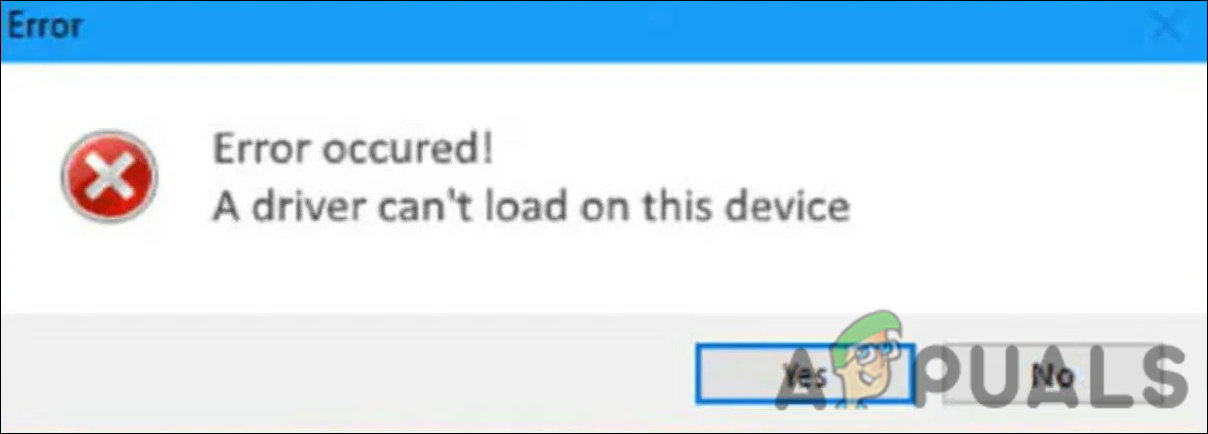
Below, take a look at the troubleshooting methods to try if this happens. We suggest you read through all the solutions first to understand what might be causing the problem in your case. Once done, proceed with the best troubleshooting method that suits your situation.
1. Disable Memory Integrity
The memory integrity feature of Windows is sometimes called Hypervisor-protected Code Integrity (HVCI), which makes it harder for malware to take over your computer via low-level drivers.
While this is a great security feature, it needs the support of the hardware and the hardware driver compatibility, which makes it less suitable for individual user devices. It works best in the enterprise environment. Many personal software programs may not run properly when this function is enabled. Memory integrity is not required for individual users, so you should be fine disabling it.
Here is how you can proceed:
- Type Core Isolation in the search area of the taskbar and click Open.
- In the following window, head over to the Memory integrity section and disable it.
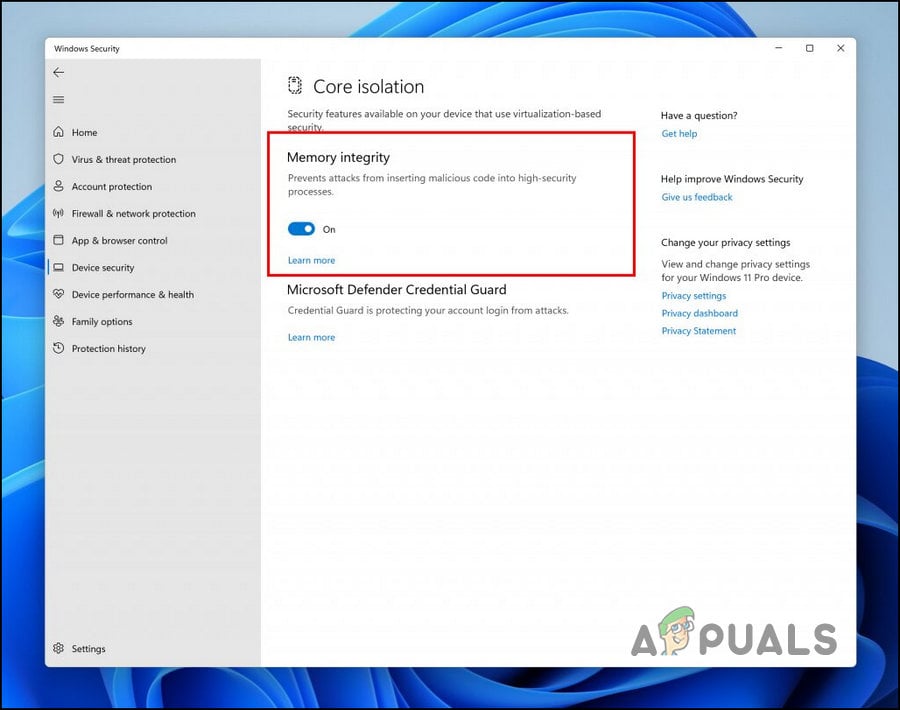
Turn off the Memory integrity toggle
Once the feature is disabled, close the Settings app and check if the error is resolved.
2. Uninstall the KB4023057 Update
The issue begins after the users install the KB4023057 update on their Windows 11 system. If you are not comfortable disabling the memory integrity feature, you can simply uninstall the installed update and see if that makes a difference.
Here is how you can do that:
- Press Win + R to open Run.
- Type control in the text field of Run.
- In the following window, click on Programs.

Choose Programs in the Control Panel - Choose View installed updates from the left pane.

Check the installed updates on the system - You should now see a list of the available updates in the system.
- Right-click on the KB4023057 update and choose Uninstall from the context menu.
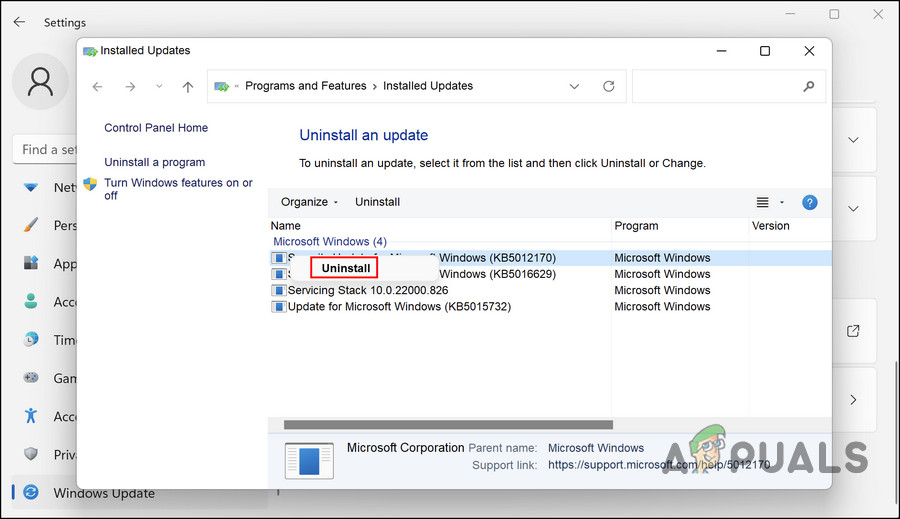
Uninstall the selected update - Once that is done, restart your computer and check if the problem is resolved.
3. Update the Driver
Since the problem is caused due to incompatible driver, another fix you can try is updating the driver to its latest build. The driver updates are available in the Settings app of the system. If the Settings app does not work, you can also use the Device Manager to manually install the driver updates.
Follow these steps to use the Settings app to update the driver:
- Press the Win + I keys together to open Settings.
- Choose Windows Update from the left pane.
- Move to the right side of the window and choose Advanced options.
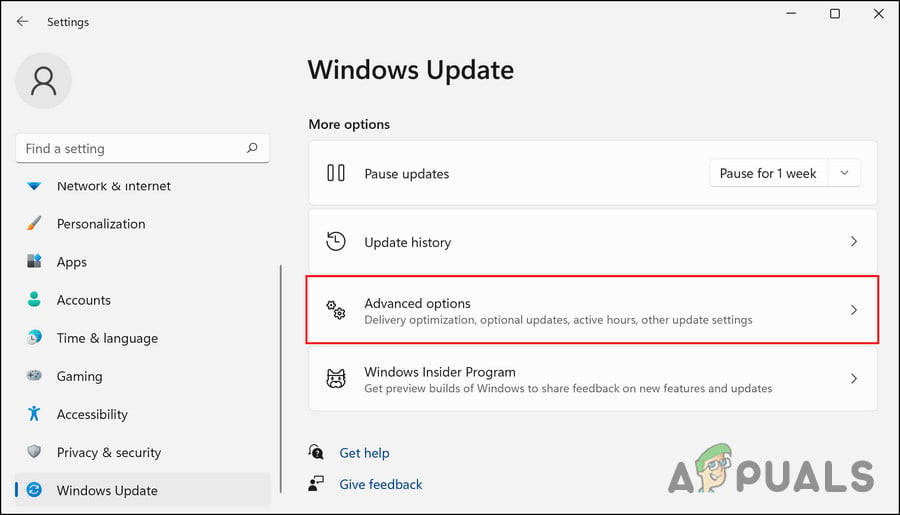
Choose Advanced options in the right pane - Now, choose Optional updates and then expand the Driver updates section.
- Locate the problematic driver and checkmark the box associated with it.
- Click on the Download & install button and wait for the process to complete.
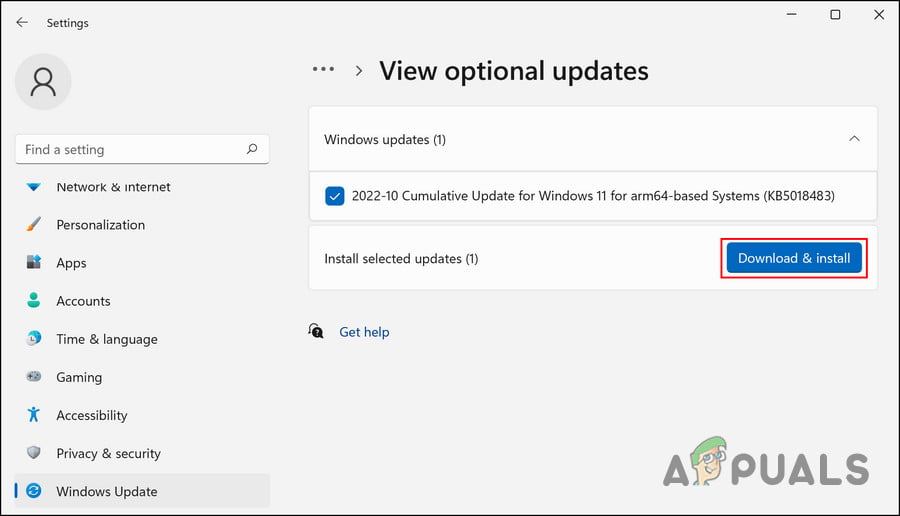
Click on the Download & install button - Once it is done, restart your computer and check if the issue is resolved.
In case updating the driver via Windows Settings does not work, here is how you can do it using the Device Manager:
- Type Device Manager in Windows search and click Open.
- Look for the targeted driver in the following window, and right-click on it.
- Choose Update driver from the context menu.
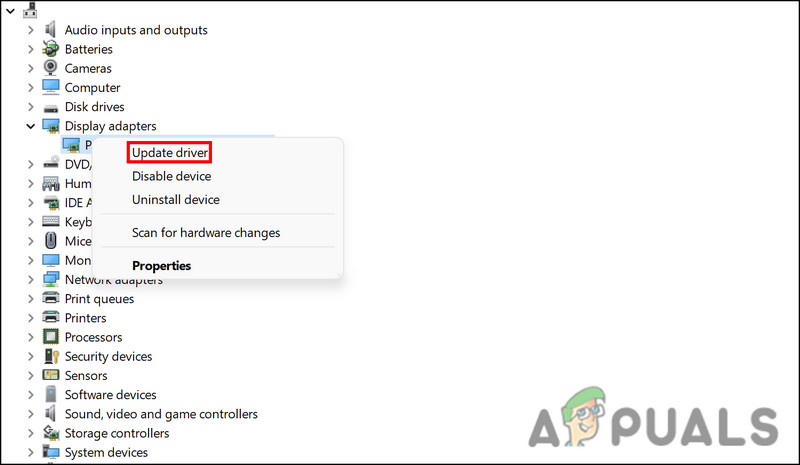
Choose Update driver from the context menu - Now, choose Search automatically for drivers in the next dialog.

Click on Search automatically for drivers option - Wait for the system to pick a driver, and then follow the on-screen instructions to proceed.
- Finally, restart the computer and check if the problem is now fixed.
4. Uninstall the Driver
In some cases, the users reported that no driver updates were available in the system. If this is the case, you can uninstall the driver. However, you can only proceed with this method if the driver in question is not crucial, and you can download an alternative for it.
If you are using an Intel® PROSet and Intel® Advanced Network Services (Intel® ANS) driver, then uninstalling it can fix the problem since it is no longer supported for Microsoft Windows 11.
To uninstall the driver, follow these steps:
- Type Device Manager in Windows search and click Open.
- Expand the Network adapters section and right-click on your targeted driver.
- Choose Uninstall device from the context menu.

Uninstall the driver - Follow the on-screen instructions to proceed.
- Once done, restart your computer and check if the problem is now fixed.





